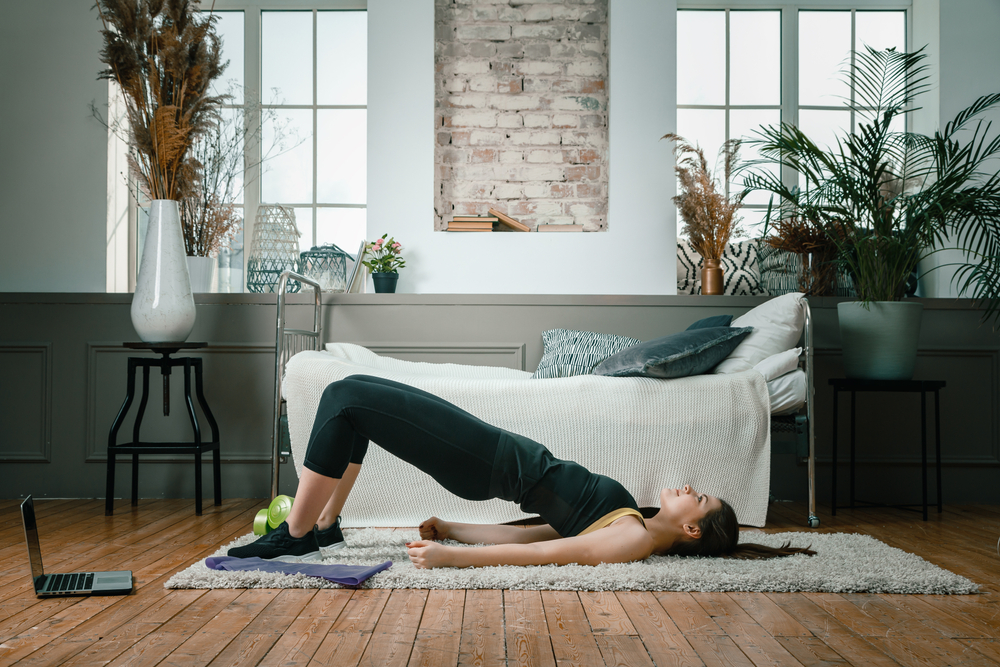When aiming for weight loss, efficiency becomes crucial, especially in a busy schedule where both gym time and kitchen efforts are valuable. It’s essential to maximize every moment. To ensure you’re making the best choices in your workouts, we consulted with Caley Crawford, a NASM CPT and the director of training and experience at Row House. She shares insights into exercises that may not be the most effective for weight loss. Consider replacing these with more efficient alternatives as soon as possible.
Not all exercises are equally effective when it comes to weight loss. According to Crawford, the exercises listed below aren’t necessarily detrimental to your weight loss journey, but there are certainly more productive options available that can better help you reach your goals. “Start by defining your desired outcome. Once you have that clarity, you can tailor the right exercise program to suit your needs,” she advises.
A healthy combination of cardio and strength training is key for weight loss
Achieving weight loss involves sculpting lean muscle and burning calories, as explained by Beaumont Health. It’s evident that incorporating both strength training and cardiovascular exercises is the key strategy.
Crawford highly advocates a holistic approach to fitness for an efficient workout routine. This approach allows you to engage all your muscle groups while simultaneously addressing strength and conditioning in a time-efficient manner, typically within 30 minutes to an hour. To optimize results, it’s usually recommended to prioritize strength training, as it is essential for building muscle and burning fat, before moving on to cardio or conditioning exercises.
In terms of strength training, Crawford recommends functional exercises like hip hinges, squats, and lunges. For the conditioning aspect, she advises combining exercises to achieve maximum results in minimal time. To elevate the intensity, incorporating resistance and adjusting the tempo can be effective. Exercises such as burpees and rowing, which engage multiple muscle groups, can lead to improved cardiovascular efficiency and conditioning results in a shorter timeframe.
Doing Cardio on the Elliptical
According to Crawford, the elliptical machine doesn’t offer the ability to increase resistance while simultaneously elevating your heart rate. Additionally, the resistance provided by the elliptical tends to slow you down.
Instead of spending time on the elliptical, consider opting for rowing as a more effective alternative. Rowing allows you to experience a higher level of resistance and intensity while raising your heart rate. Crawford further emphasizes that the resistance on a Concept2 rower, in particular, is exponential, and users won’t reach a maximum resistance point—it can always be increased. With rowing, you can achieve both cardiovascular and strength benefits in a single exercise, all while engaging your entire body. Moreover, rowing offers a full range of motion in the hips, knees, and ankles, which is not the case with the elliptical.
Lat Pulldowns
Crawford also advises replacing the use of the lat pulldown machine with pull-ups. Even if you require assistance to perform pull-ups, it’s still the superior choice. She highlights that pull-ups engage a broader range of muscles and offer greater functional benefits. In a pull-up, your core is significantly more active compared to when using the lat pulldown machine, making it a more comprehensive and effective exercise.
Classic Pushups
While standard pushups are a valuable exercise, Crawford recommends incorporating hand-release pushups for a more comprehensive workout. She emphasizes that hand-release pushups engage a full range of motion, which is often lacking in regular pushups. Many individuals tend to perform incomplete pushups where they don’t lower themselves all the way to the ground. Crawford advises opting for full range of motion in your pushups, as this approach allows you to build strength more efficiently and effectively.
Climbing Steps on the Stair Master
Finally, consider leaving the stair master behind and incorporating walking lunges into your routine instead. Crawford points out that lunges offer a greater range of motion compared to the stair master, involving a broader set of muscles while also delivering the lower-body strength and glute engagement typically sought after on the stair master. She suggests thinking of it this way: lunges not only enhance your stair-climbing abilities but also provide benefits that walking up the stairs alone may not necessarily offer.

